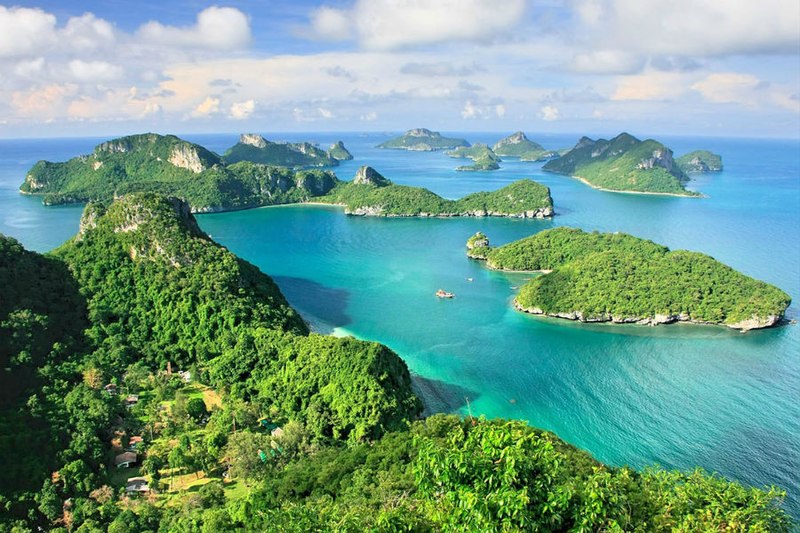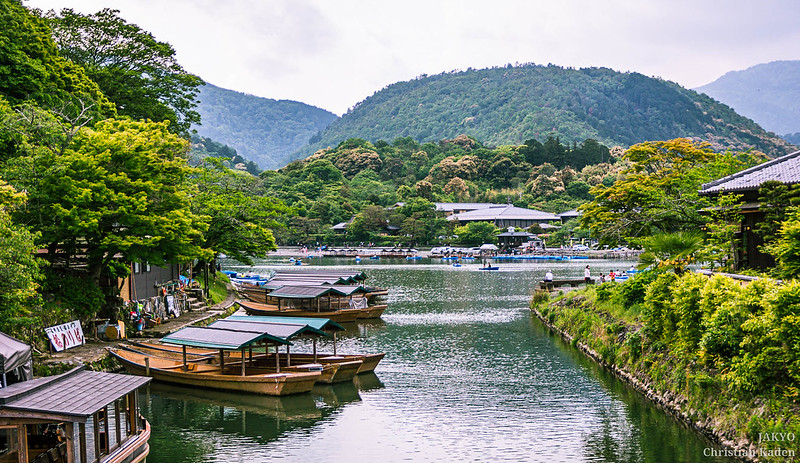Koh Samui, Thailand’s second-largest island, is famed for its idyllic beaches and luxurious resorts. But beneath the surface lies a world of adventure waiting to be explored. From exhilarating water sports to thrilling jungle experiences, Koh Samui caters to every adventurer’s spirit.
Exploring the Underwater World
Koh Samui boasts an underwater world teeming with colourful coral reefs and diverse marine life. Explore fringing reefs teeming with tropical fish, or go on a snorkelling trip to Ang Thong Marine National Park, a haven for coral gardens and playful dolphins. Certified divers can explore deeper reefs, encountering majestic manta rays and even whale sharks depending on the season.
Action-Packed Water Sports
Koh Samui’s crystal-clear waters provide the perfect playground for adrenaline junkies. Take to the waves on a jet ski, experiencing the exhilarating rush of skimming across the turquoise surface. For a more controlled thrill, try parasailing, soaring high above the island and witnessing breathtaking panoramic views. Kayaking offers a unique perspective, allowing you to explore hidden coves and secluded beaches at your own pace. Stay at a Choeng Mon Beach hotel the likes of SAii Koh Samui to fully enjoy these activities.
Hike Through Lush Jungles: Unveil Koh Samui’s Natural Beauty
Koh Samui’s interior is full of lush rainforests and cascading waterfalls. Lace up your hiking boots and embark on a nature trail, encountering exotic flora and fauna. The iconic Wat Phra Yai (Big Buddha Temple) perched atop a mountain offers stunning panoramic views and a glimpse into Thai culture. Animal lovers can visit the Elephant Sanctuary and learn about these gentle giants while supporting their ethical treatment.
Island Hopping Adventures: Discover Hidden Gems

Koh Samui serves as the perfect base for exploring the surrounding islands. Take a day trip to Ang Thong National Marine Park, a cluster of 42 islands renowned for its breathtaking limestone cliffs, hidden lagoons, and Emerald Lake. Explore the laid-back vibes of Koh Phangan, famous for its Full Moon Party, or discover the tranquillity of Koh Tao, a haven for divers and snorkelers. Island hopping allows you to experience the diverse landscapes and unique cultures of the region.


















